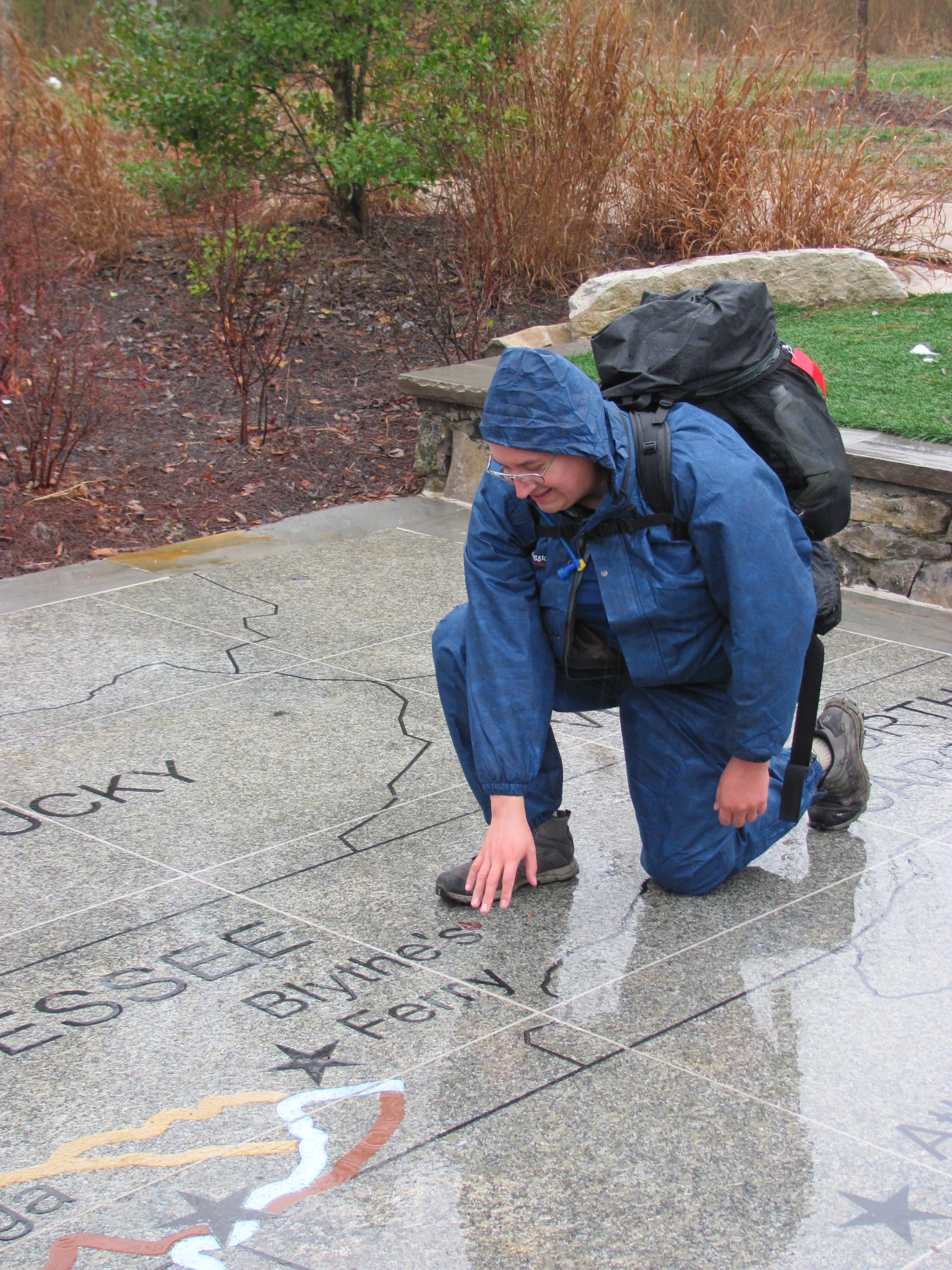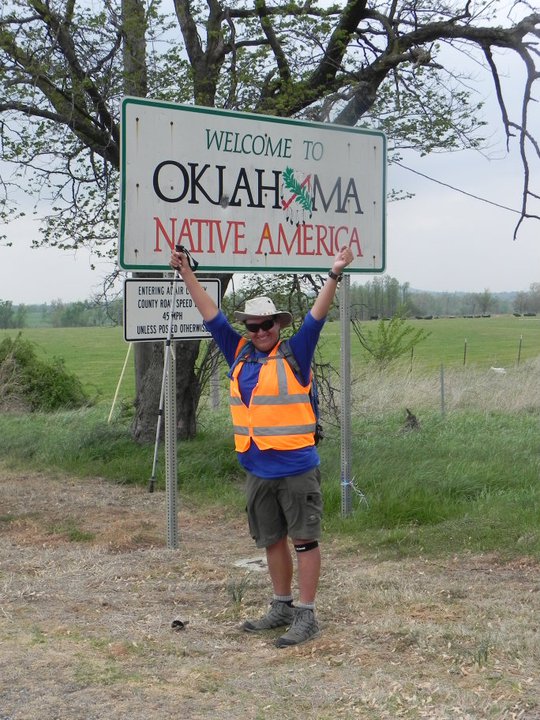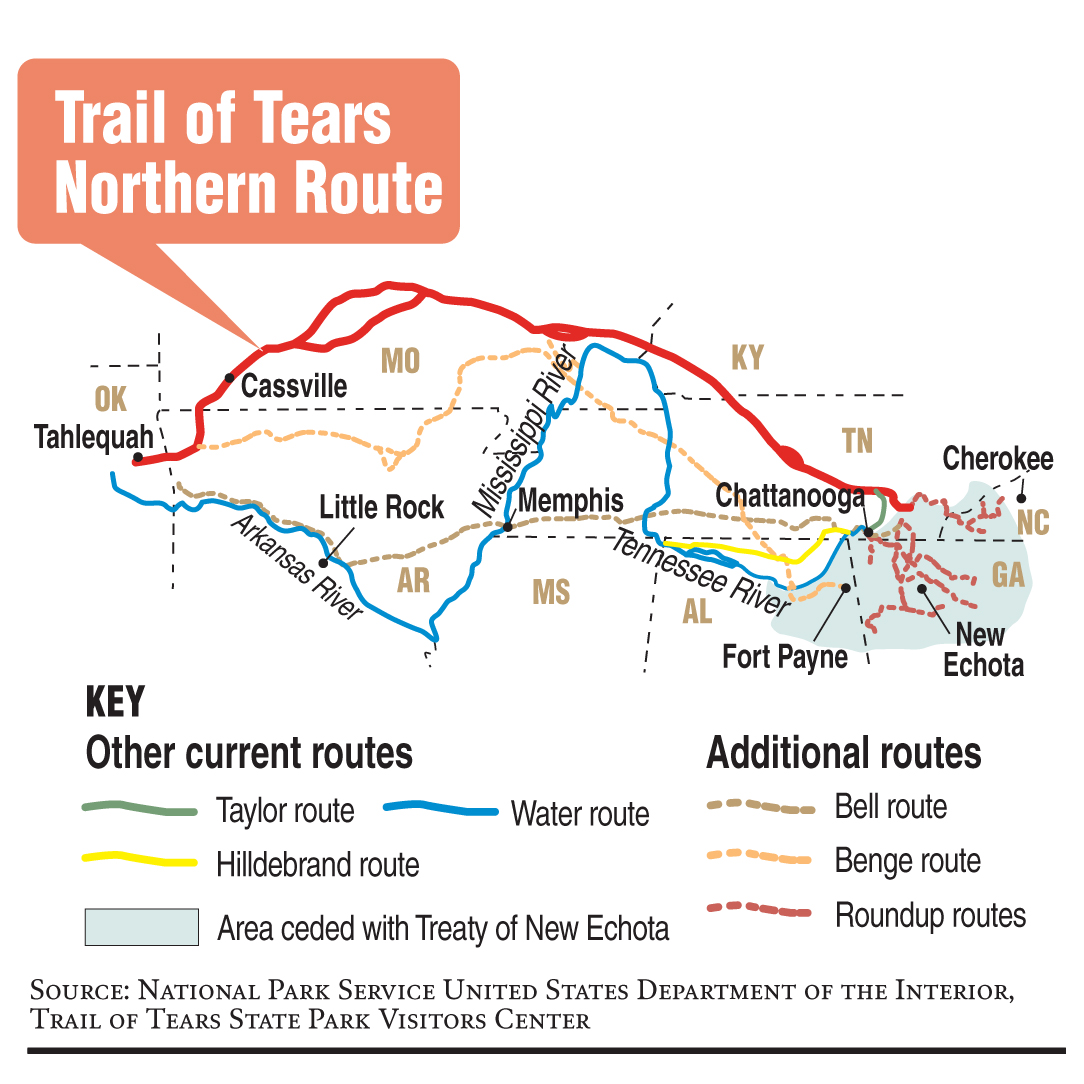FAST FACTS
• The Trail of Tears came about after the U.S. Congress passed the Indian Removal Act of 1830.• The Trail of Tears included the forced removal of Cherokee, Choctaw, Chickasaw, Creek and Seminole tribes from the Southeast to Oklahoma.• The Choctaw were the first tribe removed in 1831, followed by the Seminole (1832), the Creek (1834), the Chickasaw (1837) and the Cherokee (1838).• An estimated 15,000 Cherokee were relocated west from Southeast Tennessee and Northwest Georgia, with estimates between 4,000 and 8,000 dying on the march.• In the Cherokee language, the march is called "Nunahi-duna-dlo-hilu-i," or the Trail Where They Cried.Source: Cherokeemuseum.org
BIRCHWOOD, Tenn. - Ron Cooper is searching - but he's not quite sure what he's seeking.
A Comanche Indian descendant, the 45-year-old has spent most of his life on quests and adventures. Since 2007, he and his wife Kristal have lived fulltime in their recreational trailer, working at Mount Rushmore in South Dakota, in Big Ben, Texas, in Lakeside, Ariz., and in Cleveland, Tenn., to name a few. They now work as blackjack dealers in Cherokee, N.C.
"I've been a wanderer all my life ... and still looking for that one thing," says Cooper, a native of Lawton, Okla.
As part of his neverending journey, he tackled the hike of a lifetime -- the 835-mile northern route of the Cherokee Trail of Tears, which starts in Red Clay State Park near Cleveland and continues to Tahlequah, Okla.
Cooper's trek started on Jan, 17, 2011 and ended on April 20. Along the way he fought chilling, heavy downpours and occasionally sleet and snow, but he didn't have to spent the night in such conditions because his wife followed in their pickup truck pulling their trailer, where he slept.
"Exposure to the elements is a very serious thing," he says, especially when freezing temperatures are accompanied by hearty winds, something he encountered soon after he started and which quickly educated him about the challenges ahead.
Hikers on the trail typically pack up to four days' worth of provisions, then get off the trail to replenish their stocks and rest, but his journey "didn't turn out that way."
"I was having to take an extra day off (frequently)" due to a painful knee injury from the shoulder-less roads in Kentucky, he says.
For her part, Kristal says she "didn't worry about it at all."
Besides keeping an eye on him along the way, she provided a reality check for him about the pros and cons of the trek, she says, while also serving served as his press secretary, initiating media interviews and writing weekly posts on Cooper's blog (which has been taken down). She joined him on the trail for nearly 10 miles in Missouri towards the end.
"There's just no way that I could've made it without her," Cooper says.
"We're just a really good partnership," she adds.
Kristal says that the trip cost nearly $8,000, which they funded solely on their own. "Trail Angels," as they coined his supporters, provided meals, donations and RV fees.
The trip is documented in Cooper's self-published book, "It's My Trail Too: A Comanche Indian's Journey on the Cherokee Trail of Tears."
His Comanche ancestry offered an empathetic motivation to experience the Cherokee's plight, he says.
"I wanted to know if I could do something like this."
Cooper doesn't consider his age a limitation to trying new endeavors, including his desire to hike the 450-mile Long Walk of the Navajo in 2014. In fact, his age isn't as difficult to get around as the legalities of obtaining the Navajo tribe's permission to travel the "sacred path."
Being 45, he says, gives him the maturity level to understand the significance "of walking (any historical trails) with the sadness of the truths" that they represent.
His quest to inform other people, of all tribes and even those not affiliated with American Indians, about their similarities and common ground kept him going through each city and state that he crossed.
Cooper encourages everyone to "not forget your history" because, as the adage goes: History repeats itself if you don't understand it.
The Coopers say they plan to return to one of the Trail of Tear's beginning landmarks during the 2013 Sandhill Crane Festival, set for Jan. 19-20 at the Cherokee Removal Park in Birchwood.



